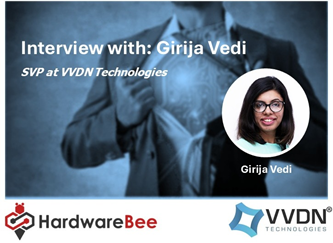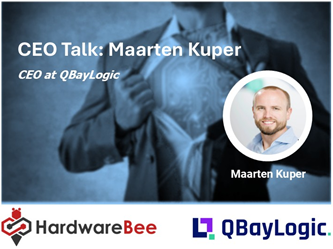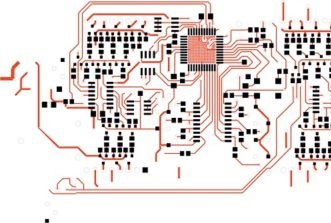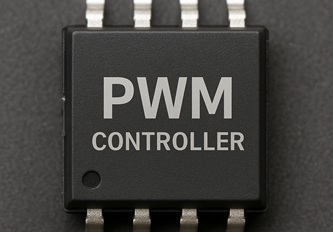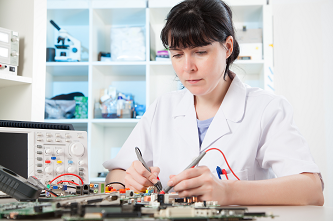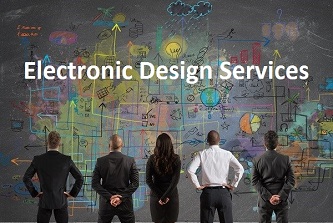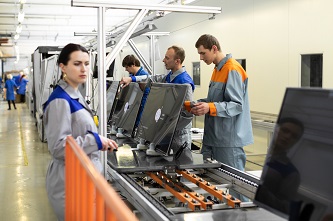CEO Talk: John Davis, Rapid Automation Design
13/06/2022, hardwarebee
This interview was held with John Davis, CEO of Rapid Automation Design.
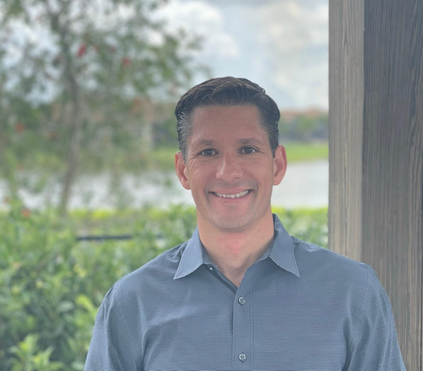
Tell me a bit about your background?
I’ve been an FPGA designer and microcontroller engineer for 22 years. I can honestly say that I love my job. I truly look forward to every new project, from start to finish.
How did you first get started with Rapid Automation?
At the beginning of my career, I was frustrated that my employer had a rigid process that didn’t vary based on the customer’s needs. Different customers have different needs, especially in terms of documentation and reviews. Customers designing a coffee maker don’t have the same needs as customers designing an aircraft. I wanted my company to be versatile enough to offer the customer exactly what they wanted.
When did you start Rapid Automation? What were you doing before that?
I started Rapid Automation in 2006. At the time, I was working full time as an FPGA engineer in TV and radio broadcast, and I was ready to strike out on my own. I talked with what is now my business partner, and it turned out he was frustrated by many of the same problems. We were ready to start a business that did things differently.
How has the role/offering of Rapid Automation changed during the recent years?
This is an interesting question because it definitely applies to us. In the beginning, we had many customers that came to us with just an idea. Sometimes it was well-defined, and sometimes it was drawn quickly on a whiteboard, but in either case, we built what they had in their mind. We would design and build a prototype, and take on the initial board bring-up before handing the design off to the customer.
Today, the market seems to have shifted. Most of our customers come to us with a specific problem, but they want us plugged into their own engineering group. Most of our projects are working on a product hand-in-hand with the customer’s own engineers.
Which market segment seems promising to you? And why?
At the beginning, we offered many services: PCB Design, PCB Layout, Mechanical Design, GUI Design, Microcontroller Design, and FPGA Design. Today, we’ve become much more focused. I find FPGA Design promising because the technology is constantly evolving, and I enjoy keeping up. Although we do our original services, it’s almost always bundled with an FPGA design.
What is a typical customer for Rapid Automation?
I’ve found that there is no typical, and the truly surprising thing is that sometimes our versatility has enabled us to apply a technology from one industry to something completely different. For example, in TV and radio broadcast, there’s a concept of locking to GPS, and the signal must be transmitted at a very specific time since several transmitters are sending the same signal. In a completely unrelated industry, we were working on lightning location. We were able to apply the same concepts we used in the broadcast industry to accurately time tag when we received a lightning stroke. I’ve found this cross-pollination to be true on several occasions, and I’m always on the look-out for it, to the benefit of everyone involved.
We’ve worked with customers form Walt Disney Imagineering and Universal Studios to large government contractors such as DRS and L3Harris. While the end application may vary widely, I’ve found that many of the details turn out to be the same.
Customers are focused on time-to-market, first-time-right, price, etc. Do you see a change in customer behaviour in recent years? Where is the focus today and why?
The best advice I can give anyone is to get it right the first time. In my career I’ve found that it’s far more expensive and time consuming to find a minor bug than to take the extra time to do it right. While time-to-market is clearly important, I think this shared experience often reminds us that quality work is as valuable as finishing quickly.
How do you keep yourself energized and engaged during the day?
I check the weather forecast every day. When the weather is decent, I take a break for a run. I find the time away leaves me more focused and gives me a chance to think about whatever I’m working on. It’s not uncommon for me to realize the solution to a problem and end up speeding my way back to the office as soon as possible to give it a try!
How do you spend your time outside working hours?
Outside of working hours, I enjoy the hobby of astrophotography. With a camera and a telescope, you can see the most amazing things in the sky, and I can do it all from my own backyard. While it can be extremely challenging, I’ve really enjoyed learning it, and the end result can be very rewarding.


